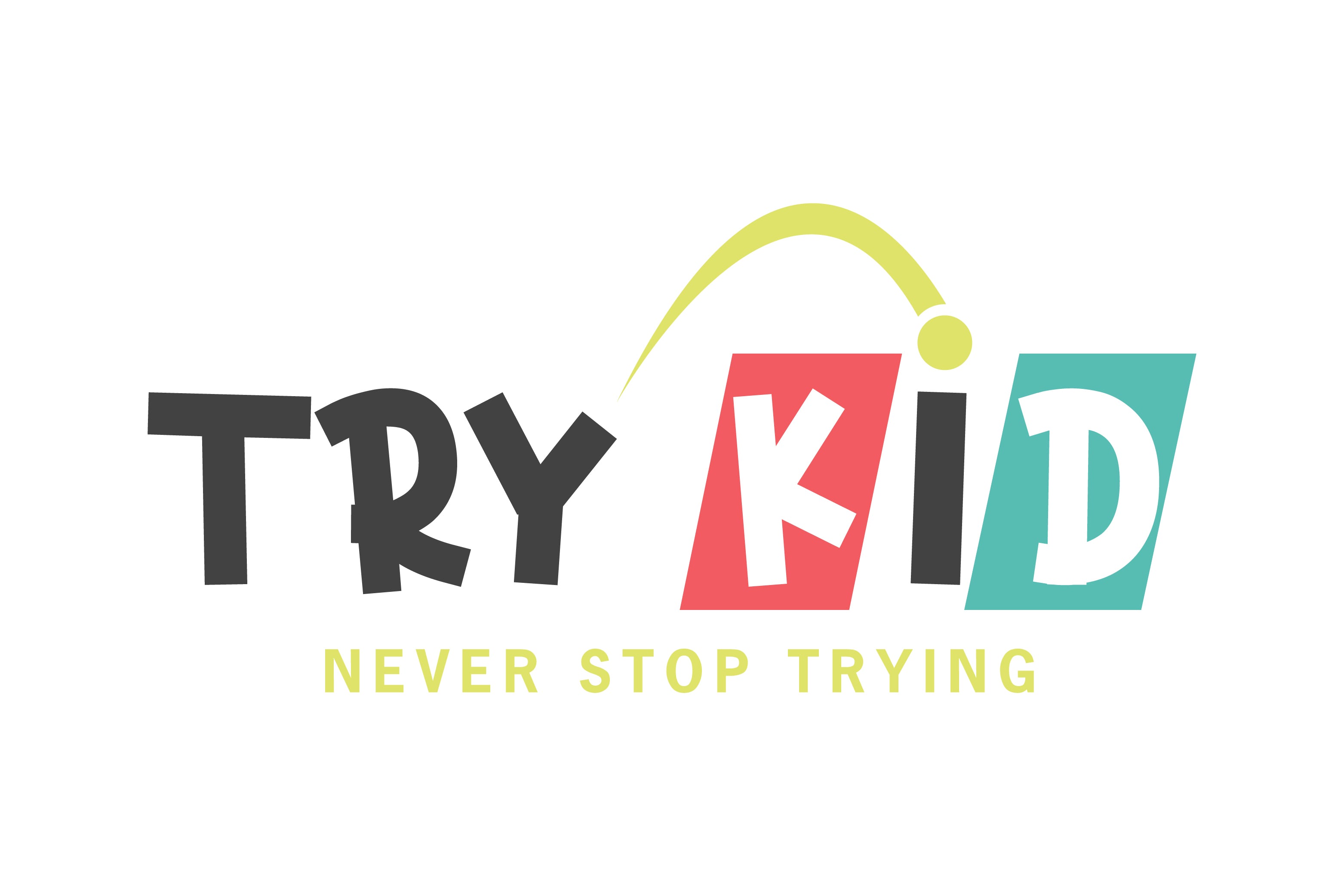Toy kitchen appliances are a staple of imaginative play, offering children a delightful way to explore the world of cooking and food preparation. These miniature appliances replicate real kitchen gadgets, allowing kids to engage in pretend play that fosters creativity, social skills, and learning. In this comprehensive guide, we’ll dive into the benefits of toy kitchen appliances, the types available, and tips for choosing the best set for your little chef.
Why Choose Toy Kitchen Appliances?
Toy kitchen appliances are more than just playthings; they provide several developmental benefits that contribute to a child’s growth.
1. Encourages Imaginative Play
Pretend cooking lets children create their own scenarios, enhancing creativity and storytelling skills.
2. Builds Social Skills
Playing kitchen with friends or family promotes teamwork, sharing, and communication.
3. Teaches Practical Life Skills
Children learn basic concepts of cooking, food preparation, and the importance of household chores.
4. Improves Fine Motor Skills
Handling small appliances, turning knobs, and pressing buttons enhance hand-eye coordination and dexterity.
5. Boosts Confidence
Role-playing as a chef or homemaker empowers kids and helps them feel capable and independent.
Types of Toy Kitchen Appliances
From basic play sets to interactive gadgets, toy kitchen appliances cater to a wide range of preferences and age groups.
1. Toy Microwaves
Miniature microwaves often feature working doors, timer knobs, and realistic sound effects, mimicking real appliances.
2. Toy Coffee Makers
These sets let kids “brew” pretend coffee, complete with accessories like cups and fake coffee pods.
3. Toy Toasters
Kids can “toast” play bread or pastries with pop-up mechanisms, adding fun and realism to their kitchen play.
4. Toy Blenders
Blenders with spinning blades and removable pitchers are perfect for pretend smoothies and milkshakes.
5. Toy Stovetops and Ovens
Many toy kitchens include stovetops with lights and sounds or ovens with working doors for pretend baking.
6. Interactive Kitchen Sets
High-tech kitchen sets feature interactive elements like voice commands, recipe guides, or app integration for a modern twist.
How to Choose the Best Toy Kitchen Appliances
Selecting the right toy kitchen appliances depends on several factors:
1. Age Appropriateness
Choose age-appropriate sets with features that match your child’s developmental stage.
2. Durability
Look for sturdy materials that can withstand frequent use and rough play.
3. Realistic Features
Appliances with lights, sounds, or moving parts make pretend play more engaging and immersive.
4. Safety
Ensure the toys are made from non-toxic materials and have no small parts that could pose a choking hazard.
5. Size and Storage
Consider the size of the toys and whether they can be easily stored when not in use.
6. Budget
Toy kitchen appliances come in a wide price range. Set a budget and look for sets that provide the best value.
Top 5 Toy Kitchen Appliance Sets
Here are some of the best toy kitchen appliance sets that children love:
| Product Name | Key Features | Best For | Price Range |
|---|---|---|---|
| Step2 Little Cooks Kitchen | Complete kitchen set with lights | Ages 2–5 | $80–$120 |
| KidKraft Espresso Toaster Set | Durable wooden toaster with accessories | Ages 3–7 | $20–$40 |
| Melissa & Doug Chef’s Kitchen | Large set with realistic design | Ages 4–10 | $150–$200 |
| JOYIN Mini Kitchen Appliances | Includes blender, mixer, toaster | Ages 3–6 | $30–$50 |
| LeapFrog Smart Sizzlin’ Grill | Interactive with lights and sounds | Ages 2–6 | $40–$60 |
Tips for Making Pretend Cooking Fun
- Add Accessories: Include toy food items, utensils, and cookware to enhance the play experience.
- Create Role-Playing Scenarios: Encourage kids to play restaurant, café, or home kitchen to build their storytelling skills.
- Combine with Real Cooking: Let kids help in the real kitchen under supervision to connect pretend play with real-life experiences.
- Organize Playdates: Group play enhances social interaction and teamwork.
- Encourage Clean-Up: Teach kids to clean and organize their play kitchen after use.
Frequently Asked Questions (FAQs)
1. What age group is suitable for toy kitchen appliances?
Toy kitchen appliances are designed for children aged 2 and up. Always check the manufacturer’s recommendations.
2. Are wooden or plastic kitchen appliances better?
Wooden appliances are durable and eco-friendly, while plastic ones often include interactive features like lights and sounds.
3. Can boys play with toy kitchen appliances?
Absolutely! Pretend cooking is for everyone and helps develop essential skills regardless of gender.
4. Do toy kitchen appliances require batteries?
Some appliances, especially those with lights and sounds, require batteries. Check the product description before purchasing.
Conclusion
Toy kitchen appliances for pretend cooking provide endless opportunities for fun, learning, and creativity. From boosting fine motor skills to fostering teamwork, these toys offer numerous benefits for children of all ages. With a wide variety of sets available, there’s a perfect option for every aspiring chef. Invest in a toy kitchen set today and let your child’s culinary adventures begin!














